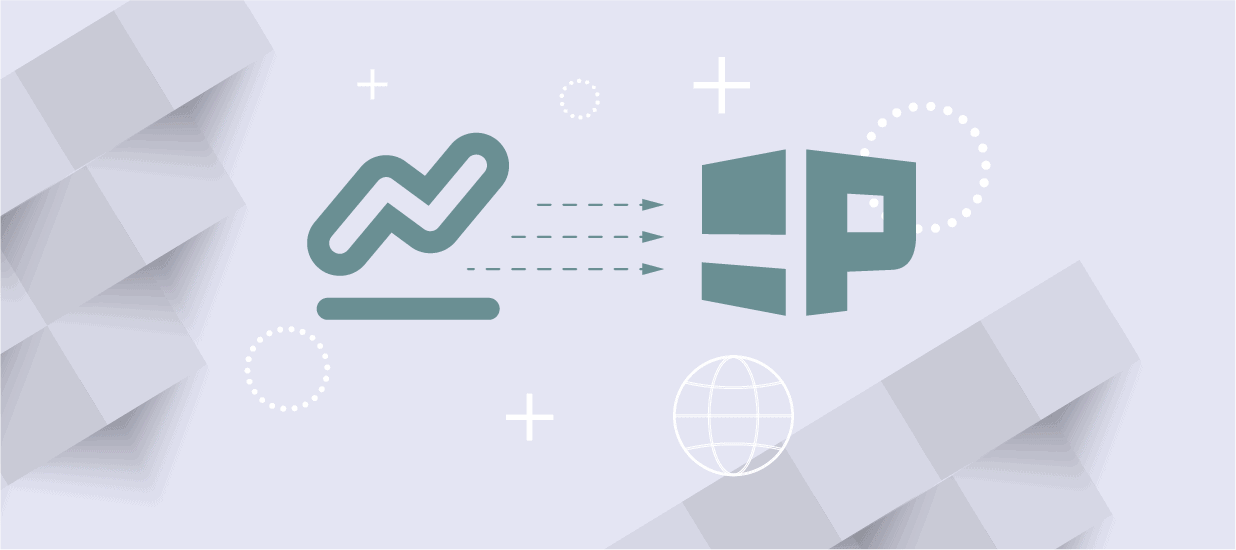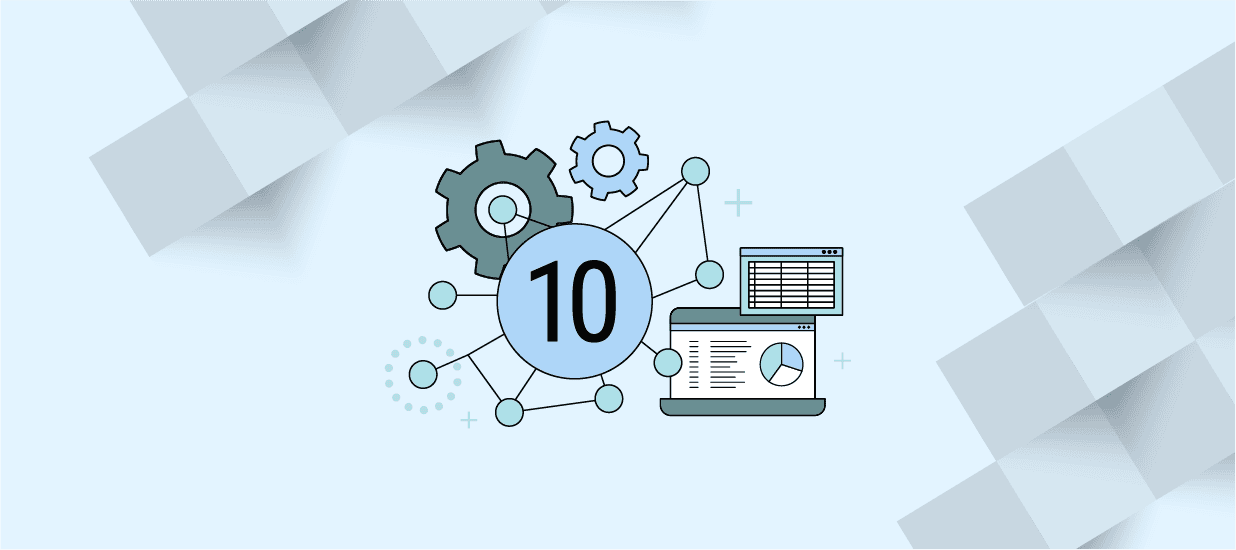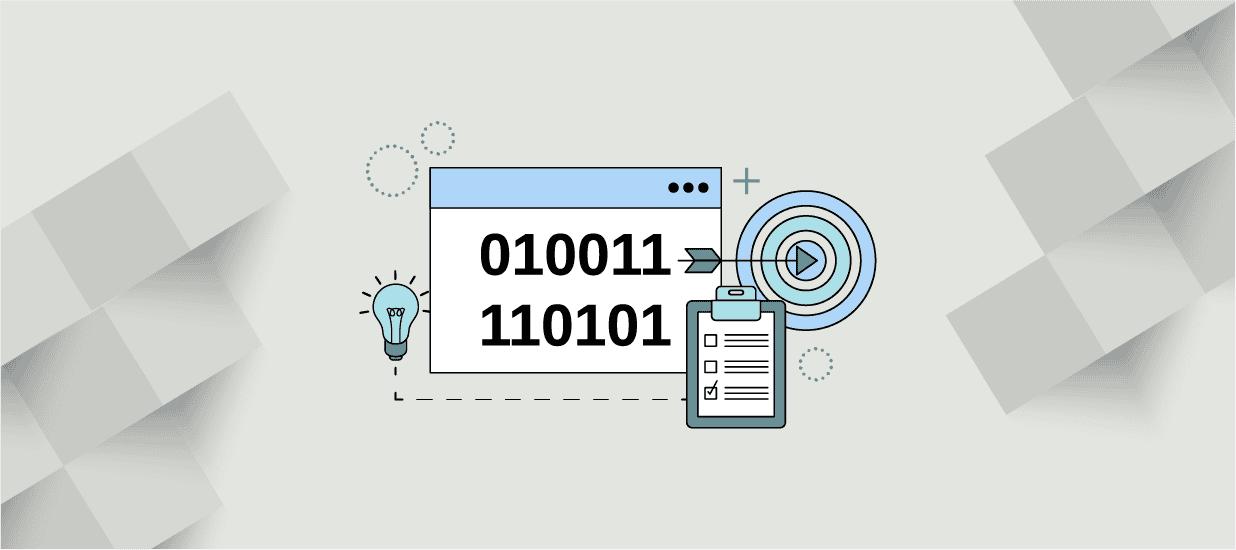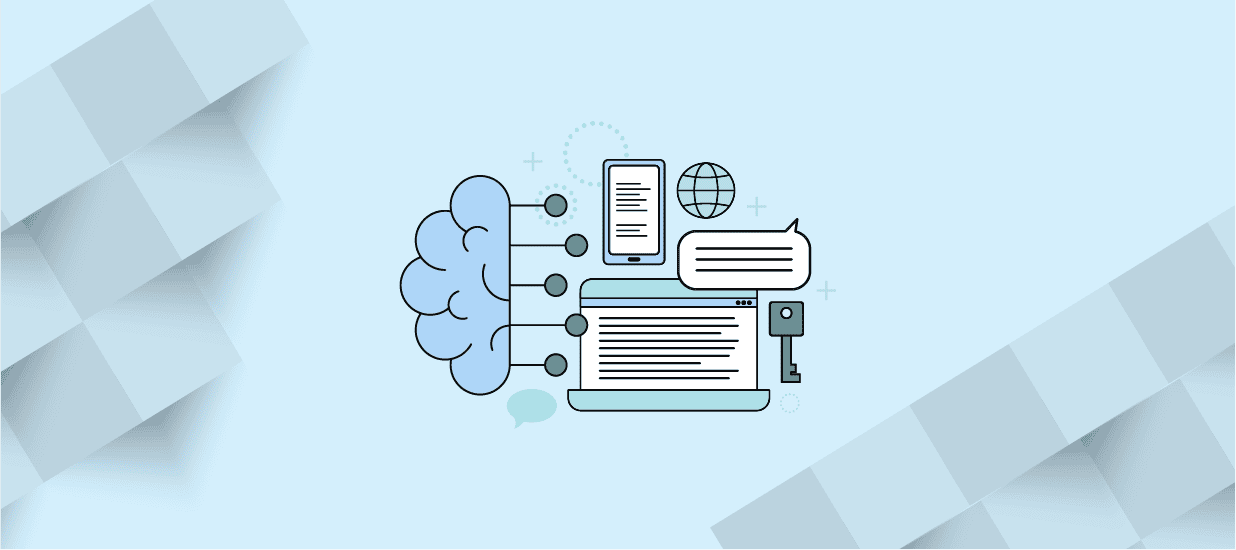Data analytics and data mining are often used interchangeably, but there is a big difference between the two.
Data analytics is the process of interpreting data to find trends and patterns.
On the other hand, data mining is the process of extracting valuable information from a large dataset.
This blog post will explore the differences between these two important data science concepts.
Key Differences
Data analytics is a broad field that encompasses several different approaches to working with data. The three most common approaches to data analytics are:
- Descriptive
- Predictive
- Prescriptive analytics
Descriptive analytics focuses on understanding what has happened in the past. This approach is typically used to generate reports or build dashboards that help decision-makers understand what is happening within the organization.
Predictive analytics uses historical data to build models that can be used to make predictions about future events. This approach is often used in marketing to identify potential customers or in human resources to predict employee attrition.
Prescriptive analytics takes things one step further by not only making predictions about what will happen in the future, but also recommending actions that should be taken to achieve desired outcomes. For example, a prescriptive model might identify a problem before it happens and then recommend a course of action that should be taken to prevent it from occurring.
In contrast, data mining is a specific type of data analysis focusing on finding hidden patterns and relationships in data sets. This approach is often used for fraud detection or marketing purposes (e.g., finding groups of customers with similar characteristics).
Data Analytics
Data analytics is all about interpretation.
To be good at data analytics, you need to be able to look at a dataset and see beyond the raw numbers. You need to be able to find trends and patterns in the data that can be used to make predictions or recommendations.
For example, let’s say you’re analyzing sales data for your company’s latest product launch. Through your analysis, you might discover that certain demographics are more likely to purchase the product than others. This information can then be used to target future marketing efforts to those demographics.
Data Mining
Data mining is all about extraction. To be good at data mining, you need to be able to take a large data set and distill it down to its most essential elements. This requires both an understanding of statistics and computer programming.
For example, let’s say you have a dataset containing customer purchase history from your company’s online store. A data miner would be able to take that dataset and extract valuable information like which products are most popular with certain demographics or which products are frequently purchased together. This information can then be used to make decisions about inventory levels, product pricing or even which new products to develop.
Conclusion
Both data analytics and data mining are important skills for any data scientist to master. When deciding which approach to use, it’s important to consider the specific problem you’re trying to solve and the type of data you have available. Data analytics helps you understand what the data means, while data mining helps you extract valuable information from it.
The best way to become proficient in both skills is to practice working with different datasets. There are many online resources that provide free datasets for anyone to use. For a more targeted approach, check out our practical, in-depth courses.
At Pragmatic Data, we believe strengthening data and business fluency across an organization is key to delivering value to your bottom line. Our courses help build expertise within data teams and improve stakeholder collaboration.
So what are you waiting for? Get out there and start practicing!
Deliver Critical Insights that Power Business Strategy
Business-Driven Data Analysis is designed to help you translate a business problem into data analysis that provides actionable insights and ensures alignment with diverse stakeholders. Figure out what a stakeholder truly wants, refine the project based on available data, produce concrete results, and provide strategic insights.
Author
-

The Pragmatic Editorial Team comprises a diverse team of writers, researchers, and subject matter experts. We are trained to share Pragmatic Institute’s insights and useful information to guide product, data, and design professionals on their career development journeys. Pragmatic Institute is the global leader in Product, Data, and Design training and certification programs for working professionals. Since 1993, we’ve issued over 250,000 product management and product marketing certifications to professionals at companies around the globe. For questions or inquiries, please contact [email protected].
View all posts








